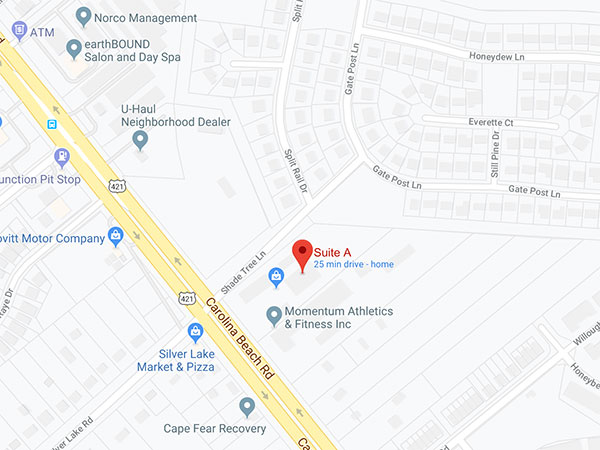At Pat’s we want to make servicing as simple, and hassle free as possible. Below are some frequently asked questions. If your question isn’t listed below, please do not hesitate to contact our Customer Service team on 910-791-8481.
I have a new car; do I need to take it to a dealership for maintenance in order to keep my warranty valid?
No! Forget all about that old myth. As long as you follow the specifications given by the manufacturer (which can be found in your handy owner’s manual), your warranty is valid. At Car Repair Service, we always follow the manufacturer’s maintenance schedule. We’ll make sure your warranty remains valid and your car remains happy – for many miles to come!
What do I have to do to keep my car or truck’s warranty in effect?
Make sure your vehicle is serviced at the intervals specified in your owner’s manual or warranty booklet and keep clear records of your vehicle’s maintenance. Be sure to include the date, parts installed, vehicle identification number, and mileage recorded on the invoice. Keep your receipts in a safe place. If you have a service log in your owner’s manual or warranty booklet, we highly recommend that you use it.
My car is a leased vehicle. Am I responsible for maintenance?
Even if you lease a vehicle, you are responsible for all maintenance and repairs required to keep the vehicle in good working order as outlined in the owner’s manual.
What parts should be replaced and at what intervals should these services be performed?
Check your owner’s manual. It will give you all of the information you need regarding specific parts and service intervals. Make sure to read it thoroughly and note any exceptions or severe service notations. Warranties are there to protect the consumer, but you must follow the requirements.
What if my new car needs repairs other than regularly scheduled maintenance such as a brake job or other repairs? Do I have to return to the dealer for these repairs? What if these repairs are covered under my warranty?
The choice of where to have your car serviced and repaired is yours. However, you will probably have to take the car back to the dealer for any repairs covered under warranty. Thoroughly check your warranty to be certain which repairs are covered.
How does the quality of aftermarket parts compare with original equipment parts?
Some are manufactured by the same supplier and may even be warrantied longer than original equipment parts. Aftermarket parts supplied by FVP meet or exceed manufacturers’ specifications.
What is a timing belt and how do I know when mine needs replacing?
A timing belt, is a part of an internal combustion engine that controls the timing of the engine’s valves. Your timing belt should be changed every 50,000-70,000 miles, however every manufacturer is different. You should consult your owner’s manual to determine the correct replacement interval.
Does brake fluid really need to be changed?
The average driver uses their brakes 75,000 times per year and takes for granted that they’ll work every time. Today’s brake systems are hydraulic and use brake fluid which is hydrophilic, meaning it can absorb moisture from the air. Once the hydraulic system has moisture in it, corrosion takes place and brake components fail. Brake fluid should be flushed periodically to keep corrosion under control. This procedure is not expensive and is included in many preventative maintenance schedules. Brake fluid should be handled with care. It will melt plastics and remove paint.
How often should antifreeze be replaced?
Antifreeze should be replaced every two years due to oxidation and deterioration of important additives. These additives lubricate the water pump and protect metal parts from rust and oxidation. They also help keep coolant hoses soft and flexible. Today we can recycle and clean old antifreeze, replacing the additives. Antifreeze is very toxic and not environmentally friendly so recycling makes good sense. The engine’s thermostat should also be replaced every 2 years to keep the engine operating temperatures in the proper range.
